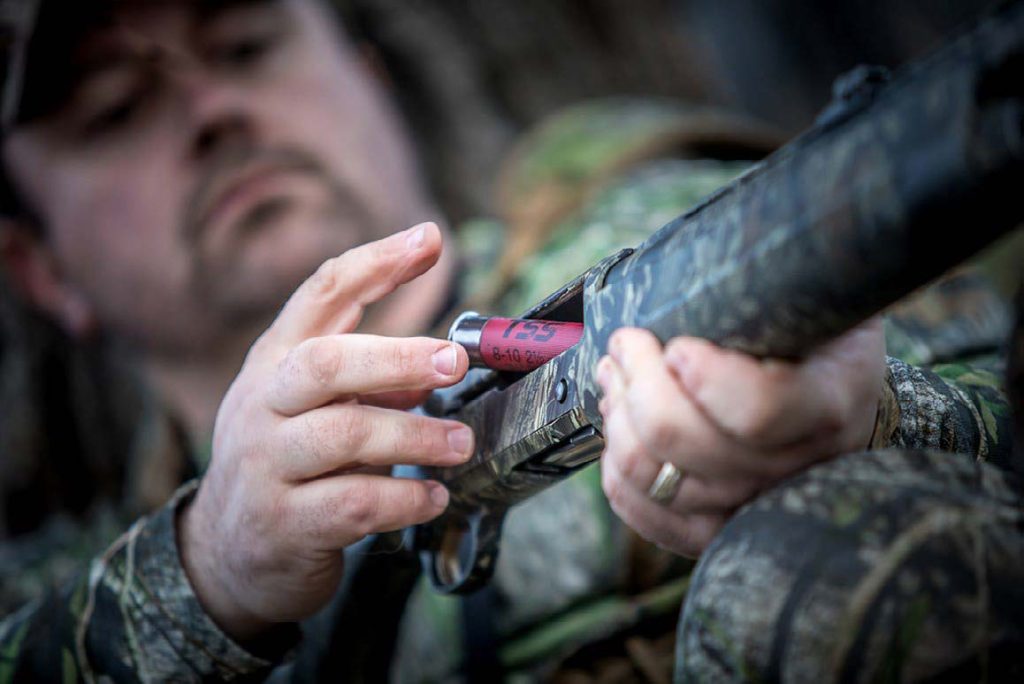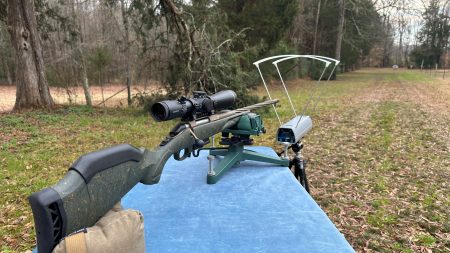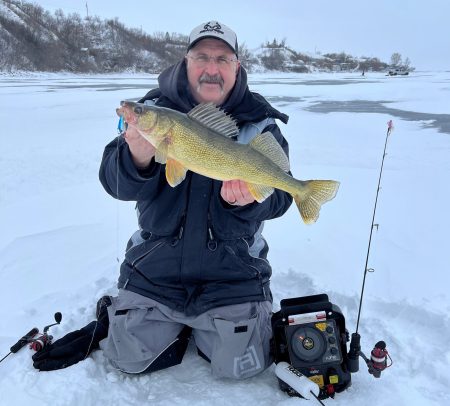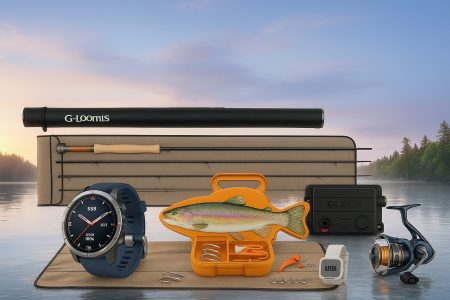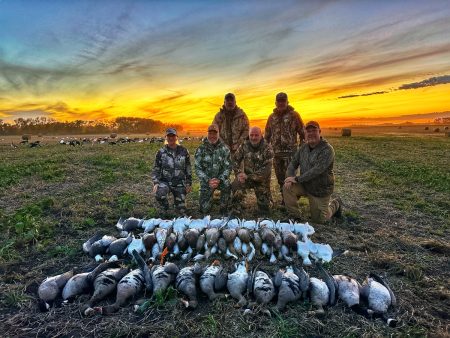A look at everything from the humble .410 turkey shotgun to the mighty 10-gauge and everything in between.
My good turkey hunting friend once said, “Never insult a man’s wife, dog, or turkey gun.” I disagreed. While I’d never insult a man’s wife, or his mangiest of dogs, I’ll tell him exactly what I think about his blasted turkey shotgun. He’ll hear it straight from me, and no one else.
If I think it’s lord of all gobbler killers, shining in glory and brimming with honor, I’ll name it so. If it’s the scum of the turkey shotgun earth, unfit for a half-trained chimpanzees to wave around in a low-budget horror film, I’ll make it known. I fancy myself a caring, considerate person. But I can’t for the life of me filter the mouth vomit that proceeds from me when observing the nature of gobbler gun. I pull no punches. It’s no holds barred.
After all, I do tend to nickname the turkey shotguns around me, mine, and friend’s alike. Noble names such as Gobbler Cleaver, King Strut, Gauge Meister, Kill Monger, and Tom Reaper, and shameful handles, such as Sir Whiff a Lot, Red Rider, Pew Pew, Miss Meister, and Choked Choker, might or might not have been dubbed by me.
Half-joking rib poking aside, turkey-specific shotguns are rather new to the scene. At least, in relation to the history of the shotgun. Obviously, there are advantages and disadvantages to each gauge. Here, we’ll cover the gamut, and provide in-depth analysis of each gauge that’s available.
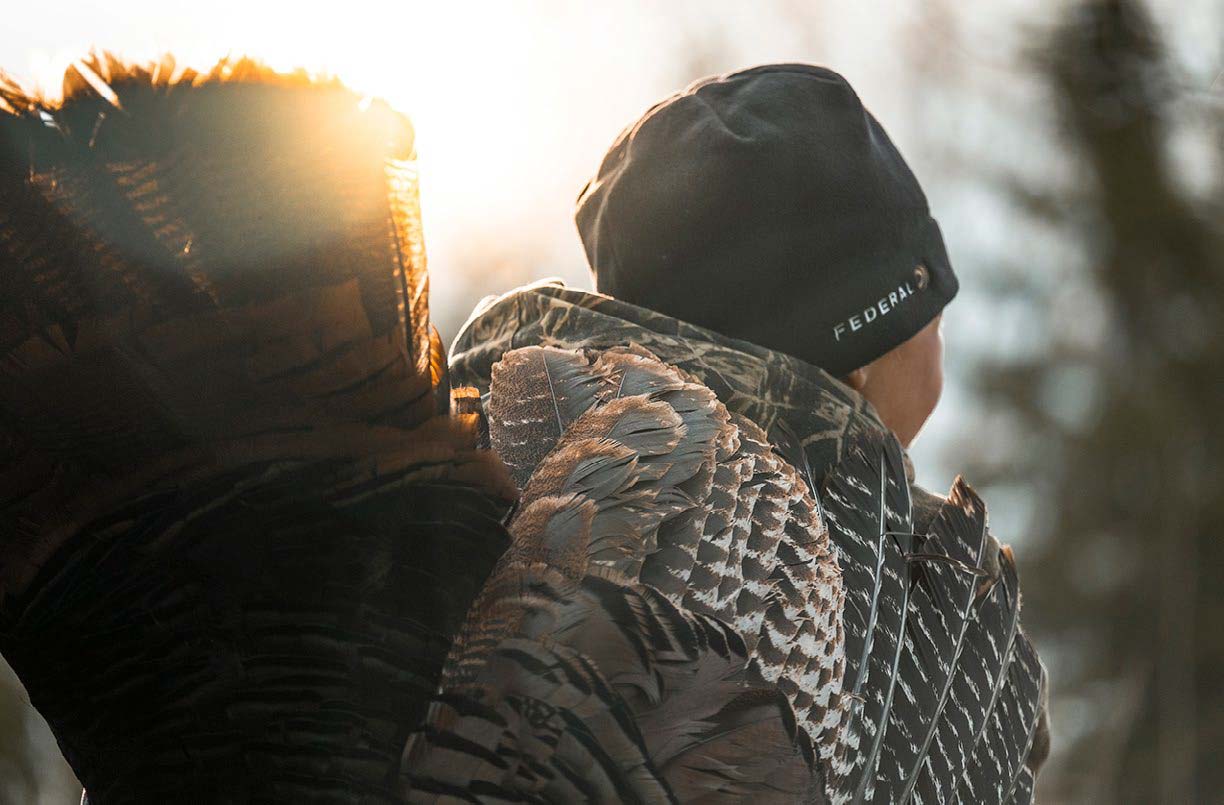
.410
| Other Than Gauge |
Gauge isn’t the only consideration to keep in mind. Turkey hunters should also analyze and factor other aspects of a shotgun. “It’s difficult to shoot a turkey at 50 yards or beyond with a standard gold bead,” Reich said. “I believe you need some sort of sight system to make longer shots on a turkey. It also needs to have an interchangeable choke system to get a better pattern.” Other things matter, too.
|
While the .410 was once relegated to squirrels, rabbits, and other small game, it’s now a viable turkey shotgun. Per the name, .410 is .410 of an inch. Some might look at this gun in the light they once did, but I urge reconsideration. JJ Reich was once a prolific turkey hunting writer. Today, he’s the senior media relations manager for Federal Premium and Hevi-Shot. And he agrees with me.
Obviously, the .410 doesn’t quite work for turkeys with lead. The performance isn’t there. But with the advent of TSS, things changed. “Old timers from the 80s and 90s told me the minimum pattern is 100 pellets in a 10-inch circle and 10 pellets in the vitals,” Reich said. “The .410 can certainly get you that at 40 yards (with TSS shot), but that’s it.”
Translation? Don’t write off the .410. A .410 with TSS offers nearly identical downrange performance of a 12-gauge with traditional lead shot. “I’m looking at the Federal Premium Heavy Weight TSS .410 load,” Reich said. “It’s a 3-inch load that’s 1,100 fps at the muzzle. The payload is 13/16 of an ounce (No. 9s). That’s 294 pellets. The lead Federal Premium Grand Slam with Flite Control Flex Wad in a 12-gauge, 3-inch load in No. 5s has a 1 ¾-ounce payload. That’s 298 pellets. So, you’re only giving yourself a four-pellet disadvantage by using the .410 in TSS over 12-gauge in lead. As far as density goes, No. 5 lead and No. 9 tungsten are very similar downrange.”
Of course, there is not better option for youth hunters, small-framed shooters, and those sensitive to recoil. “It’s definitely a good gun for youth, for recoil, and being able to control the gun because it’s so light,” Reich said. “Also, it has some safety aspects, because most .410s are single shots.”
It also offers a great challenge. “A lot of turkey hunters have shot birds with a 12-gauge,” Reich said. “They want to try something different, and accept the challenge of a smaller gauge, like the .410. They want to rely more on woodsmanship and calling skills. It adds variety and fun to the hunt.”

Pros:
- Lightweight to carry
- Very low recoil
- Moderate gun availability
- Good pellet count (with TSS)
- Unique appeal
Cons:
- Lower pellet counts
- Lower patterning performance
- Shorter shot distances
- Not a viable turkey gauge with lead shot
- Only a viable turkey gauge with TSS
- Generally offered as a single barrel
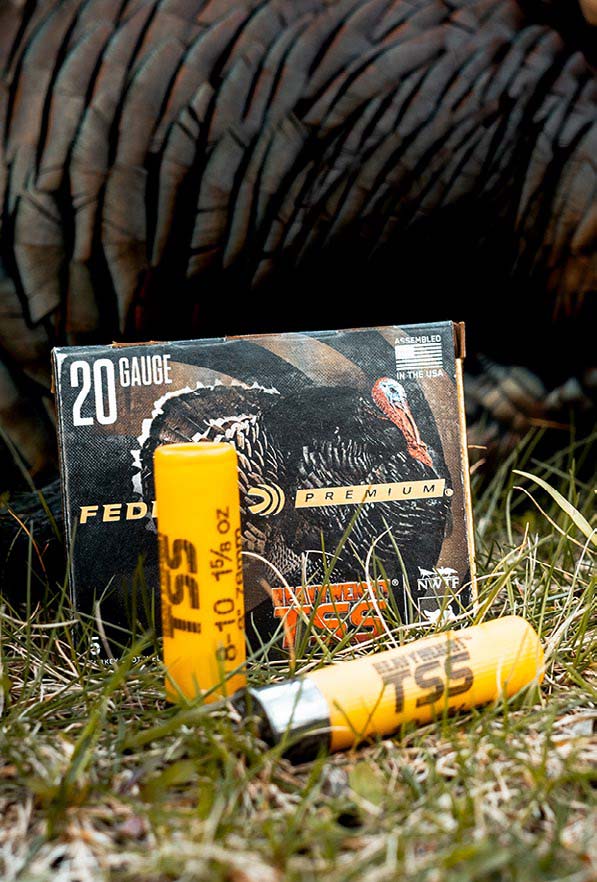
28 Gauge
The 28-gauge might be foreign to some. This .550-inch gauge isn’t very popular. For the most part, it’s used by clay killers and upland bird hunters. Very few turkey hunters carry it. Still, for those fortunate enough to have a custom outfit, it offers some advantages.
“There aren’t many of these out there in a turkey gun configuration,” Reich said. “Most of these are 2 ¾-inch guns. Plus, the ammo manufacturers aren’t producing many 2 ¾-inch turkey loads, especially in 28-gauge. Federal makes 2 ¾-inch ammo, but it’s only available online through the custom shop (https://www.federalpremium.com/custom-shop/custom-shotshell/). So, you definitely have an ammo disadvantage with the 28-gauge.”
Pros:
- Lightweight
- Low recoil
- Low report
- Moderate pellet count
Cons:
- Expensive ammunition
- Few turkey-dedicated gun and ammunition offerings
- Few non-lead ammunition options
- Limited ammunition shot size
- Limited ammunition availability

20 Gauge
The 20-gauge is a storied gun and a mainstay in modern turkey hunting culture. This 0.615-inch gauge is still the second-most popular option on the market. It offers far more advantages than disadvantages.
“The 20-gauge is now my go-to,” Reich said. “There is a lot of ammo out there for it. I think you just need a good, 3-inch load with tungsten, or lead with Flite Control flex wad, which both help with pattern.”
Of course, the advent of TSS changed things. “With TSS in 20-gauge, you can use a smaller shot size and smaller pay load, and you have a lot less recoil,” Reich said. “You have less gun to carry around. And you still have the pellet counts you need.”
Pros:
Gun Gauge Fun Fact
In addition to the most popular options above, other gauges exist, including 14, 24, 32, and more. However, these exist on other continents, are too rare to purchase, or all-out require specialized hand-crafting and hand-loading to have and operate.
- Moderate weight
- Moderate recoil
- Moderate report
- Affordable ammunition offerings
- Good pellet count
- Great ammunition availability
- Great firearm availability
Cons:
- Less downrange power than larger gauges
- Requires TSS to outpace 12-gauge lead performance

16 Gauge
This 0.685-inch gauge was once more popular than it is today. That said, it isn’t commonly used for turkeys. Generally, it’s a small minority of clay shooters and upland bird enthusiasts who use this option. “It’s a wonderful gauge to shoot at targets,” Reich said. “The 16-gauge is really fun to shoot.”
It’s also a great general purpose and small game shotgun. Squirrel and rabbit hunters especially benefit from the decreased weight and recoil that comes with 12- and 10-gauge blasters. Still, from a turkey hunting perspective, it presents major issues.
“The 16-gauge has the same problem as the 28-gauge—gun and ammo availability,” Reich said. “There aren’t many turkey shotguns. Federal does make a 16-gauge turkey load, but you can’t get it in a store, such as Bass Pro or Academy. You have to custom order it.”
So, it isn’t as big of a deal paying for sub-gauge TSS because you aren’t burning as much ammunition. Because TSS doesn’t require as much of a spend for turkey hunters (in terms of shotshell volume), it won’t hit the wallet quite as hard. However, bigger gauges, such as 12-gauge, are still much more relevant in the waterfowl world given the higher annual usage of ammunition, which would require heavier volumes of TSS. Obviously, this isn’t as much of a factor for turkey hunters. You can purchase a couple boxes of TSS for turkey hunting, and that might last two or three seasons, perhaps longer.
Lead vs. TSS Pricing
Some might look at the price of TSS and say, is it worth it? Why pay $80 for a box when I can get lead for a fraction of that? “We’re not duck hunting here,” Reich said. “The hard-core turkey hunters I know might shoot 10-20 turkeys a season. The average person is shooting a lot less than that.”
Pros:
- Moderate weight
- Moderate recoil
- Moderate report
- Unique appeal
Cons:
- Minimal ammunition offerings
- Minimal ammunition availability
- Minimal firearm availability
- Requires custom orders
- Expensive firearm options
- Expensive ammunition solutions
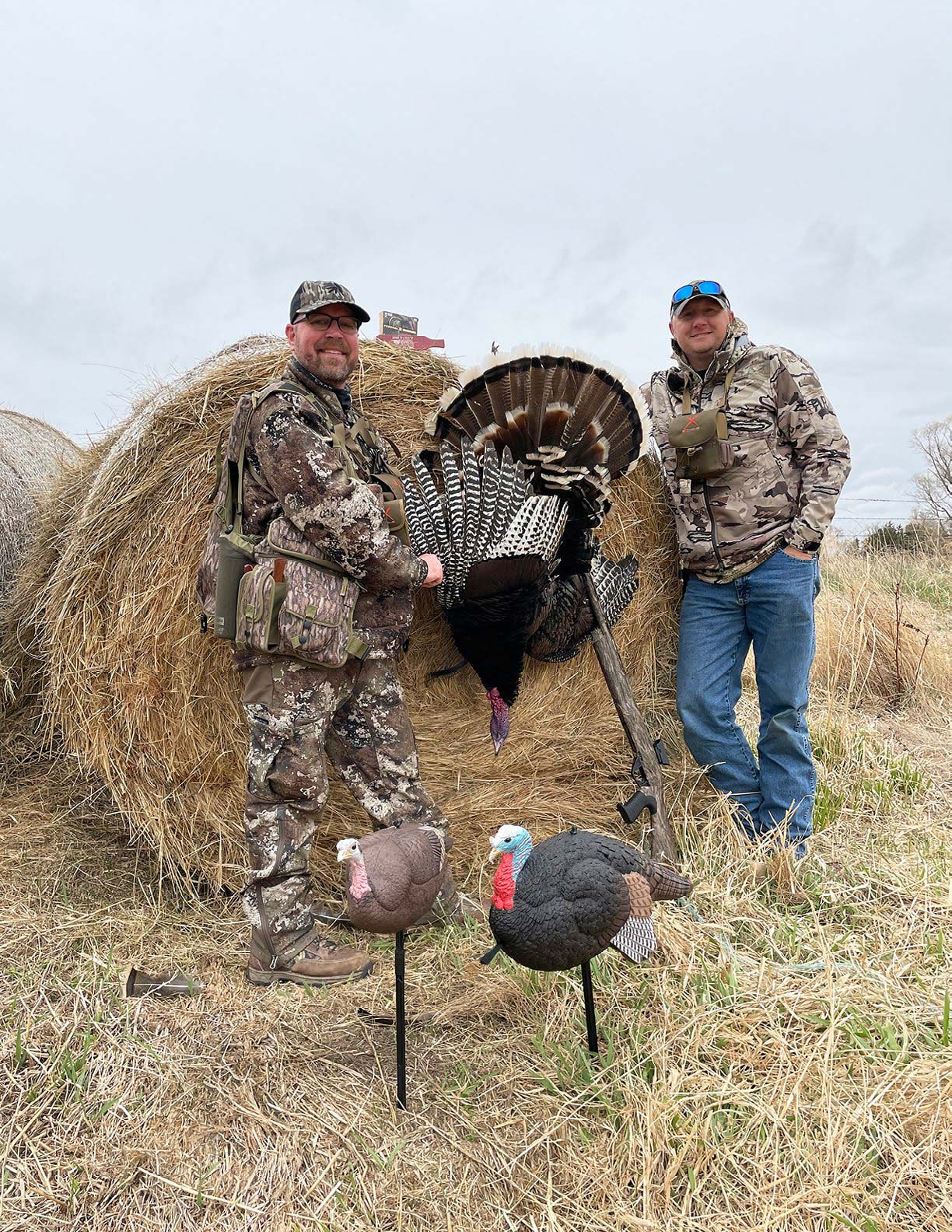
12 Gauge
The 12-gauge is still king of the turkey woods, no matter how many hunters brag about their .410s. This 0.729-inch gauge is still the most popular option and blisters more gobbler noggins than any other gauge on the market.
That said, are hunters starting to slowly transition to smaller gauges? It seems possible. Even so, many hunters still use 3 ½-inch 12-gauge turkey loads. More power to them (literally).
“A 3-inch load going 1,200 fps with 1 ¾ ounce No. 4s or 5s is a stronger-end recoil load,” Reich said. “Our TSS No. 9s in 3 ½ inches are probably some of our best-selling loads, but those kick.”
Depending on the specific load selected, these 3 ½-inch TSS loads have over 800 pellets. That certainly offers plenty of coverage, but is it necessary? If you want to see 400 pellets in a 10-inch circle, and 70 in the vitals, the answer is yes. If you’re happy with lower numbers, the answer is no. It’s ultimately up to the consumer.
In essence, for some shooters that prefer sub-gauges, the 12-gauge is the new 10-gauge — unnecessary. At least, in terms of using 3- and 3 ½-inch shells. That said, companies are beginning to produce 2 ¾-inch 12-gauge turkey shotgun loads, which are cheaper to buy and produce less recoil.
Pros:
- Available in 2 ¾-, 3-, and 3 ½-inch shells
- More downrange energy
- Higher pellet counts
- Abundant firearm options
- Abundant ammunition offerings
- Abundant ammunition availability
Cons:
- More weight
- Higher recoil
- Higher report
- More expensive firearms
- More expensive ammunition
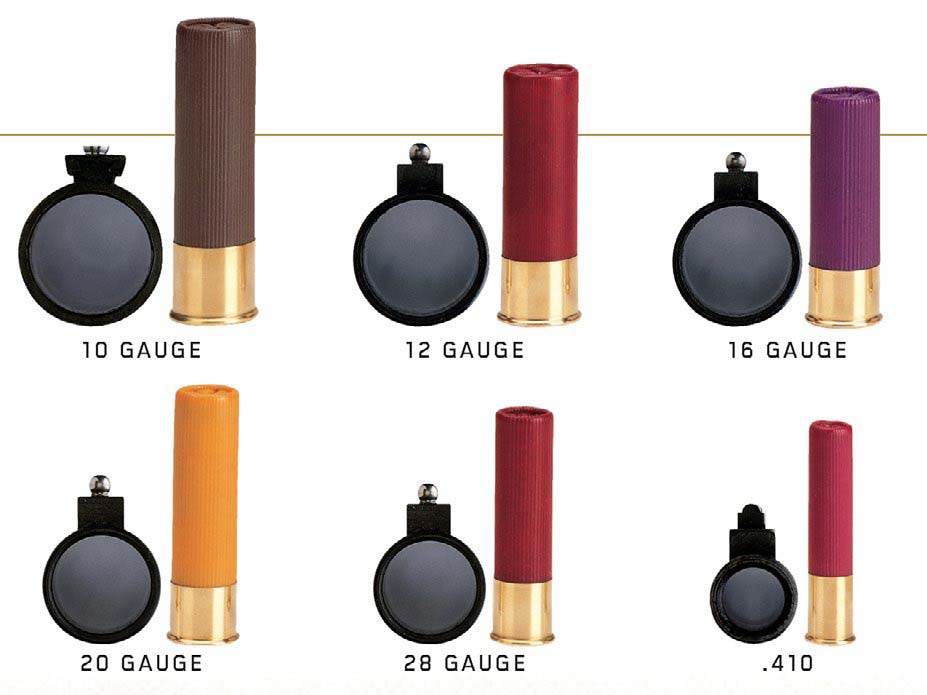
10 Gauge
The 10-gauge is quite rare in the turkey woods. Honestly, I’ve never even shot one. Nor have I hunted with someone else who did. This 0.775-inch gauge is the largest gauge manufacturers are allowed to sell to hunters for hunting purposes, and no one wants it.
“Obviously, comparing a 10-gauge to a .410, the 10-gauge has a way higher pellet count,” Reich said. “Generally, the only option is a 3 ½-inch load. Shooting a 3 ½-inch load with 2 ounces of shot is way overkill, especially on a shoulder. There’s too much power. You don’t need it.”
Essentially, it’s like shooting a squirrel with a .300 Win Mag. So, what’s the point? Manliness, man.
Pros:
- Greatest pellet counts
- Greatest downrange energy
- Unique appeal
- Automatic man card upgrade
Cons:
- Heaviest weight
- Severe recoil
- Loudest report
- Lowest firearm availability
- Expensive firearm options
- Lowest ammunition offerings
- Expensive ammunition prices
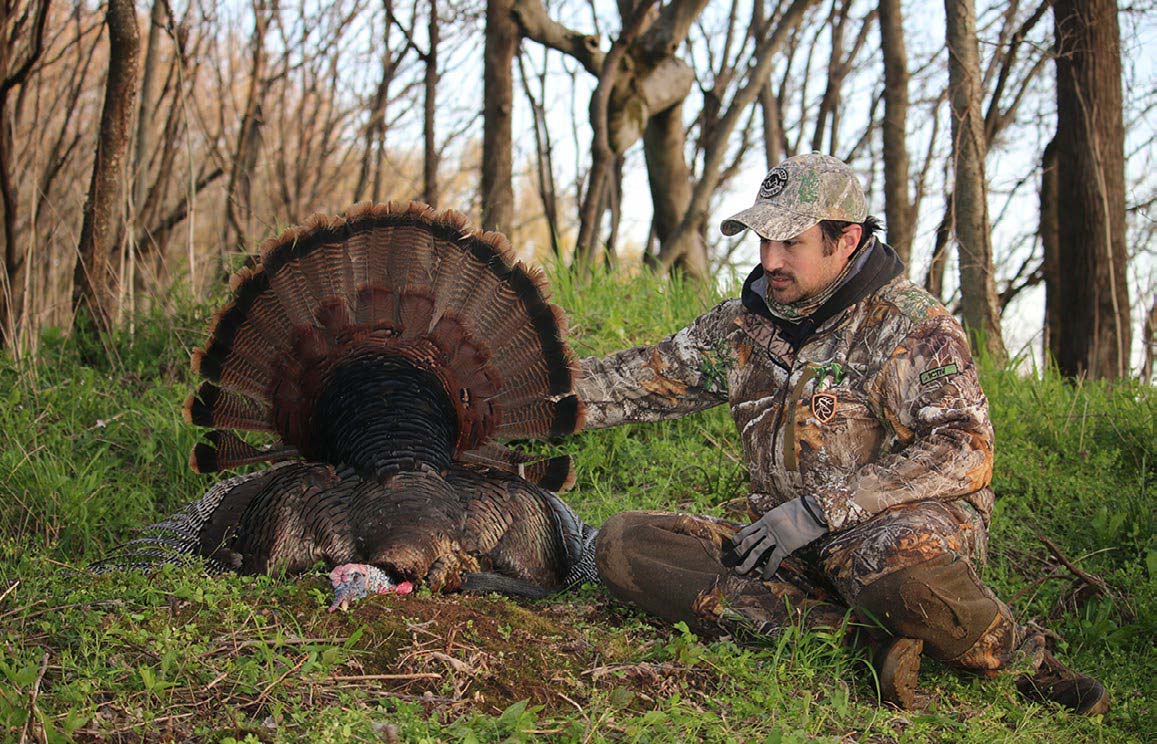
Conclusion
Overall, the right gauge is different for every hunter. The one constant that’s always mattered remains—pellet count. Pellet count is important, just as it always has. If your turkey rig puts enough pellets in the kill zone, it gets the nod. And I’ll do my best to not give it a quirky name.
Read More: The Small Bore Turkey Gun Debate
Per our affiliate disclosure, we may earn revenue from the products available on this page. To learn more about how we test gear, click here.






